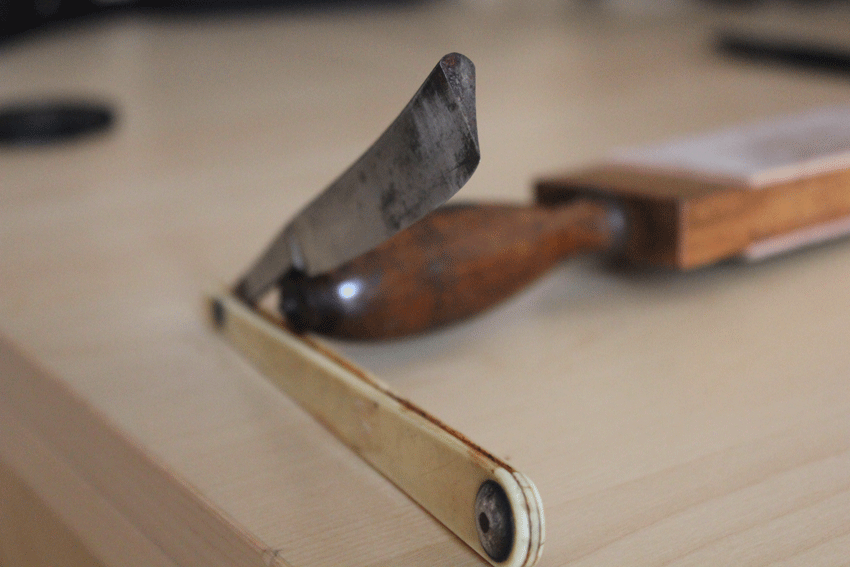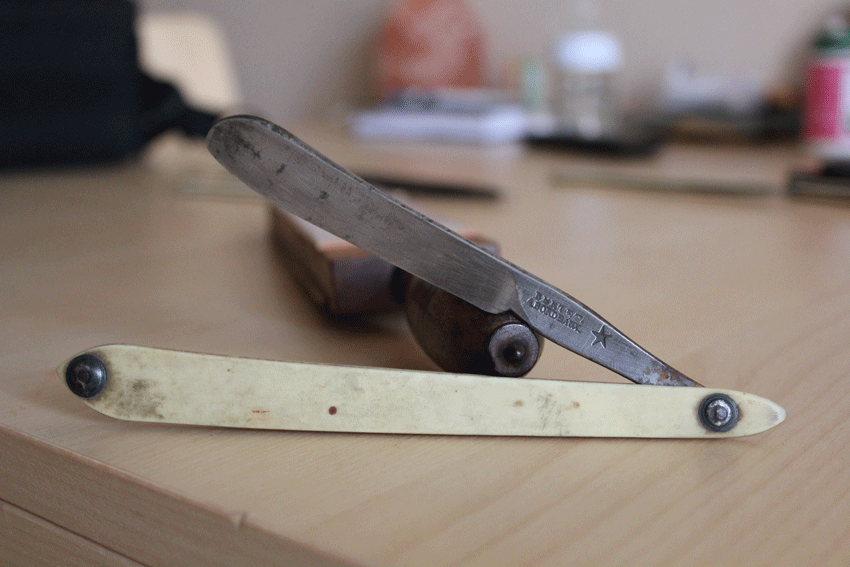Results 1 to 10 of 529
Thread: That 1700's Show
Hybrid View
-
04-13-2010, 10:27 PM #1
 That 1700's Show
That 1700's Show
With my interestes in early US historic living I started wanting to find early 1700's shaving stuff. Not easy to find (for me at least
 ) and so I thought it would be fun to see what others, who are interested in this time period, have to share.
) and so I thought it would be fun to see what others, who are interested in this time period, have to share.
I formed this "Club" to share all things related to straight razor shaving. The razors, brushes,strops, soaps, mirrors, stands, bowls.... ANYTHING related to shaving. I welcome all discussions as well as I'm sure many will have questions, and hopefully answers, to this time period.
I don't know if any makers stand out durring this time period but would love to find out. I'll post any links to sites I come across as well
-
-
04-13-2010, 11:09 PM #2

Here is a link to Clavichord's timeline with some pic's V
-
04-13-2010, 11:45 PM #3

Here is my Clark N Hall Warranted that I believe is pre 1800. But I don't know about the scales. I'm still researching the materials of scales during this time. Mine has small iron washers/pin caps with what looks like copper/brass pins. The scales are probably horn but are clearer than any horn scales I have, until today I assumed they where opaque, when I started taking closer pics I could see threw them... Learn something new everyday I guess lol. May even be tortoise, that would be cool, makes me nervous to restore them is so ...
-
04-15-2010, 10:27 PM #4
-
04-16-2010, 07:06 AM #5

I'd love to see other C n H blades. The only other one I saw that was said to be a 1810 make has the step down tang to heel, not a straight line. Hence my thoughts of it being earlier. Not that it's much earlier

Love to see more of these. Sorry if my typeing is shot today.. burnrd the hell out of my left hand today... 3 fingers and palm blistered... not waht i call fun...
-
04-16-2010, 09:31 PM #6

Here is a post with photos of two that I have which I think are pre-1800 going by Robert Doyle's description of blades and scales in "Collecting Straight Razors". The Rodgers Cast Steel has been honed and shaved with since I posted those photos and is very nice. The other one has a chip that is too large to hone out without changing the blade profile so much that it would take away from the look of the razor. I love the overall look so much that I am leaving it as is.
Be careful how you treat people on your way up, you may meet them again on your way back down.
-
05-28-2013, 02:34 PM #7

That looks perfect to me as well. I would leave it exactly as it is. Nice score by the way!
-
06-03-2013, 06:57 PM #8Member

- Join Date
- Jul 2012
- Location
- Paris, France.
- Posts
- 65
Thanked: 21
-
06-03-2013, 07:47 PM #9

These Frenchies are beautiful! I love those huge dome washers on them, they really do add a lot of character, especially in the first one. Great finds!
-
06-04-2013, 01:47 AM #10Historically Inquisitive



- Join Date
- Aug 2011
- Location
- Upstate New York
- Posts
- 5,782
- Blog Entries
- 1
Thanked: 4249
Guillaume, two great looking razors, the second razors the name looks like Bertet a Bordeaux, and it just happens that there was a cutler ( Coutelier) named Bertet from Bordeaux, many entries in different directories.


Furthermore, all the entries are arond 1820 + -, the shape of the razor and the tang definition, make me believed that this razor is from around 1810-1830.


 1396Likes
1396Likes LinkBack URL
LinkBack URL About LinkBacks
About LinkBacks







 Reply With Quote
Reply With Quote






